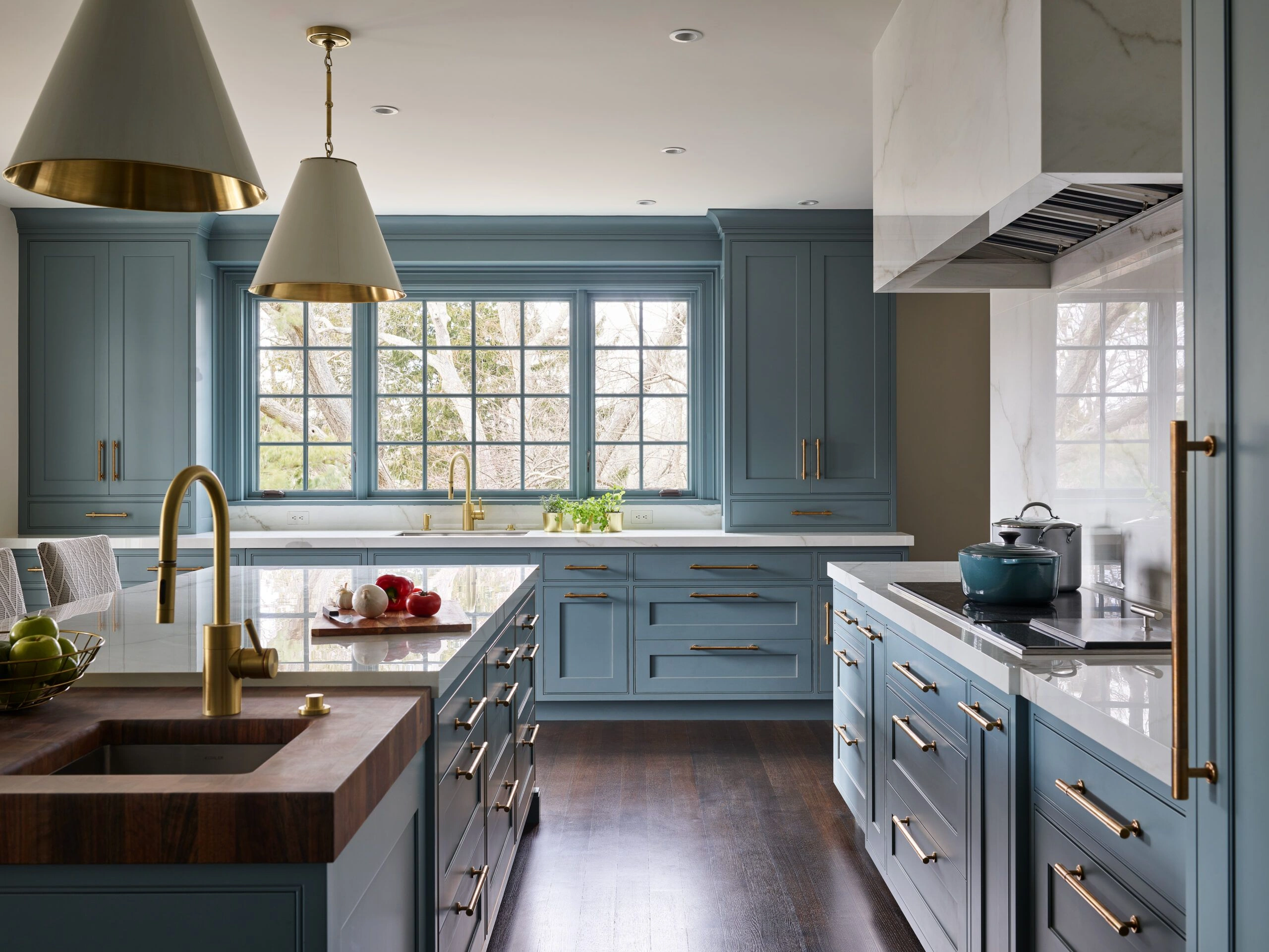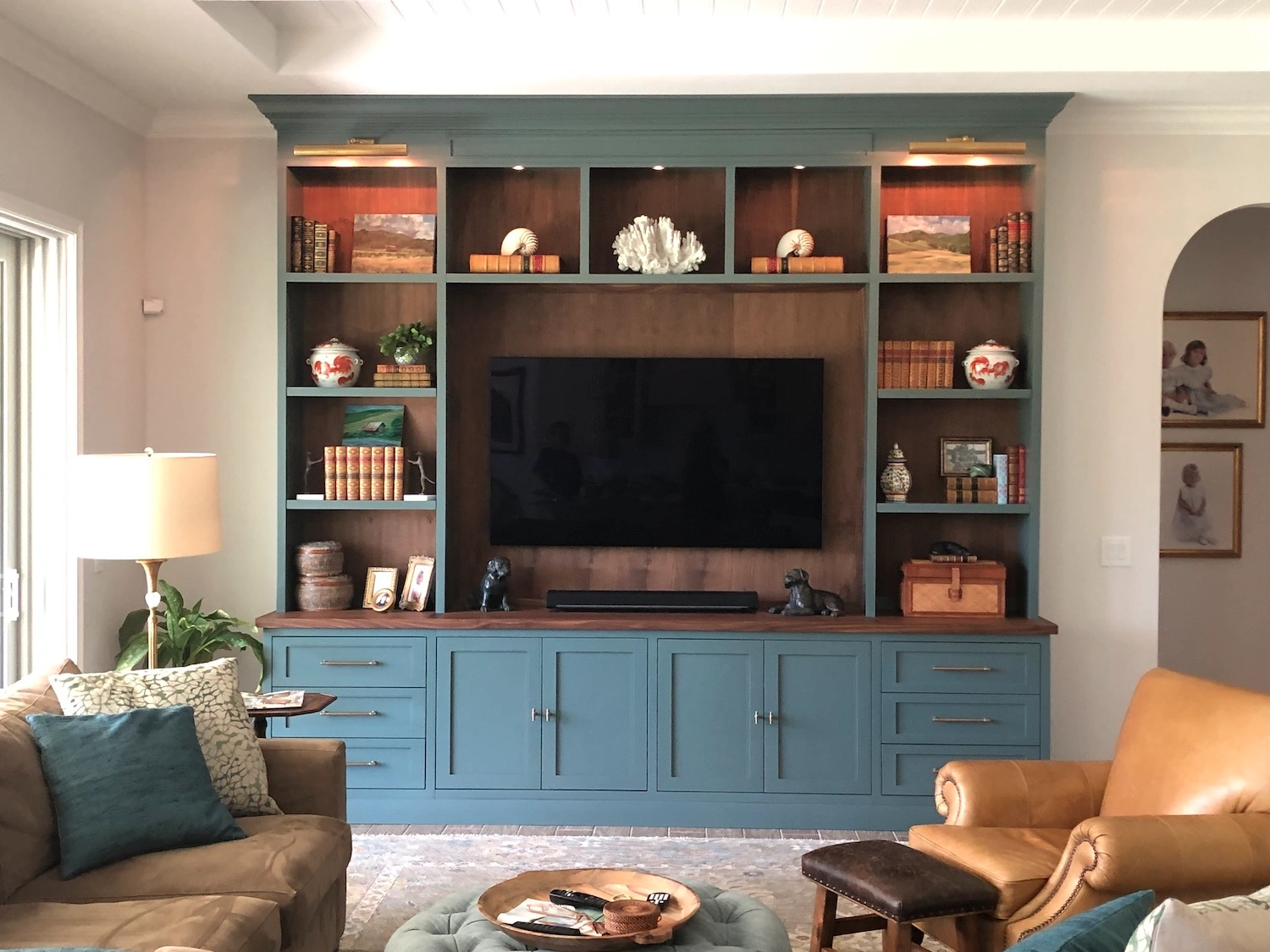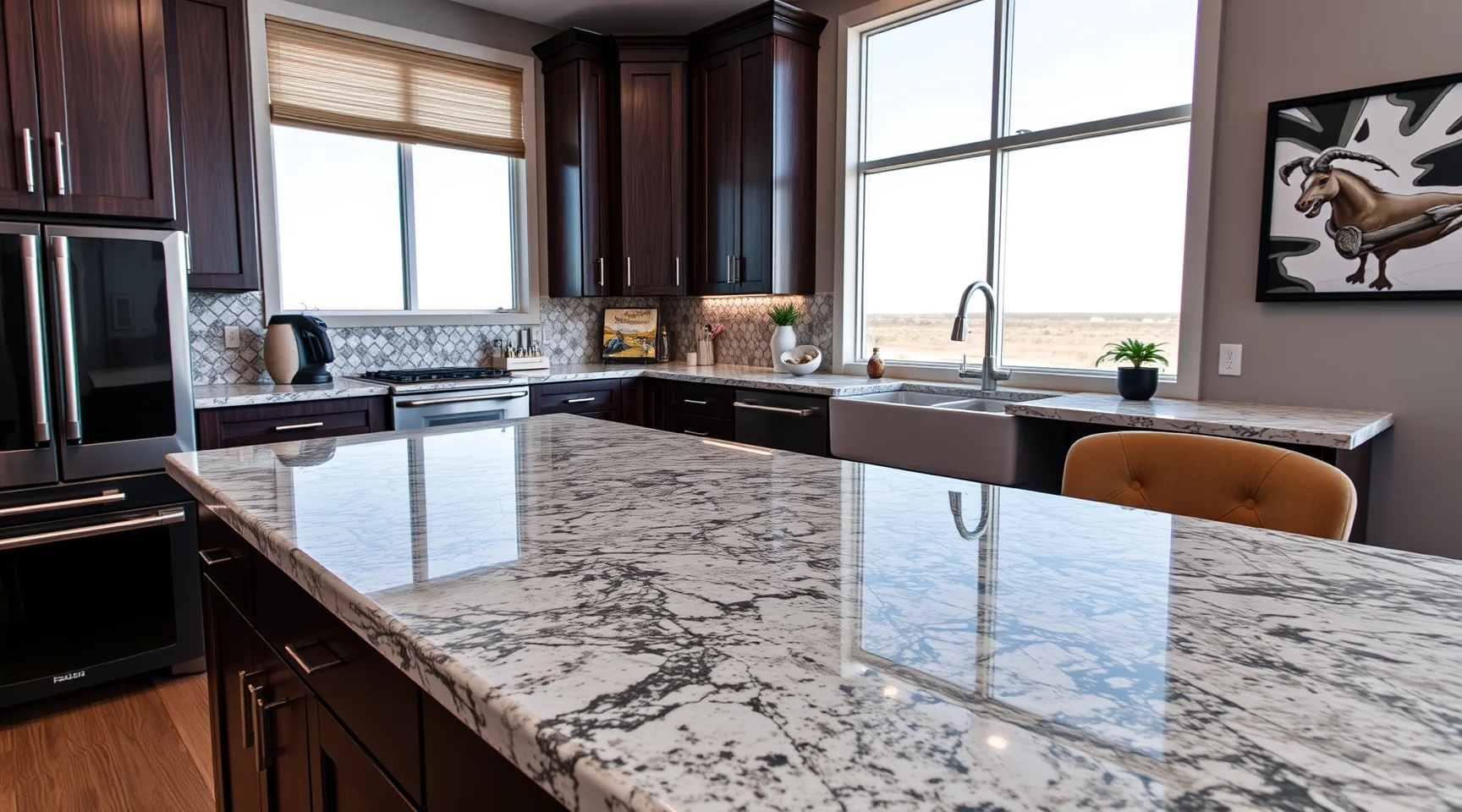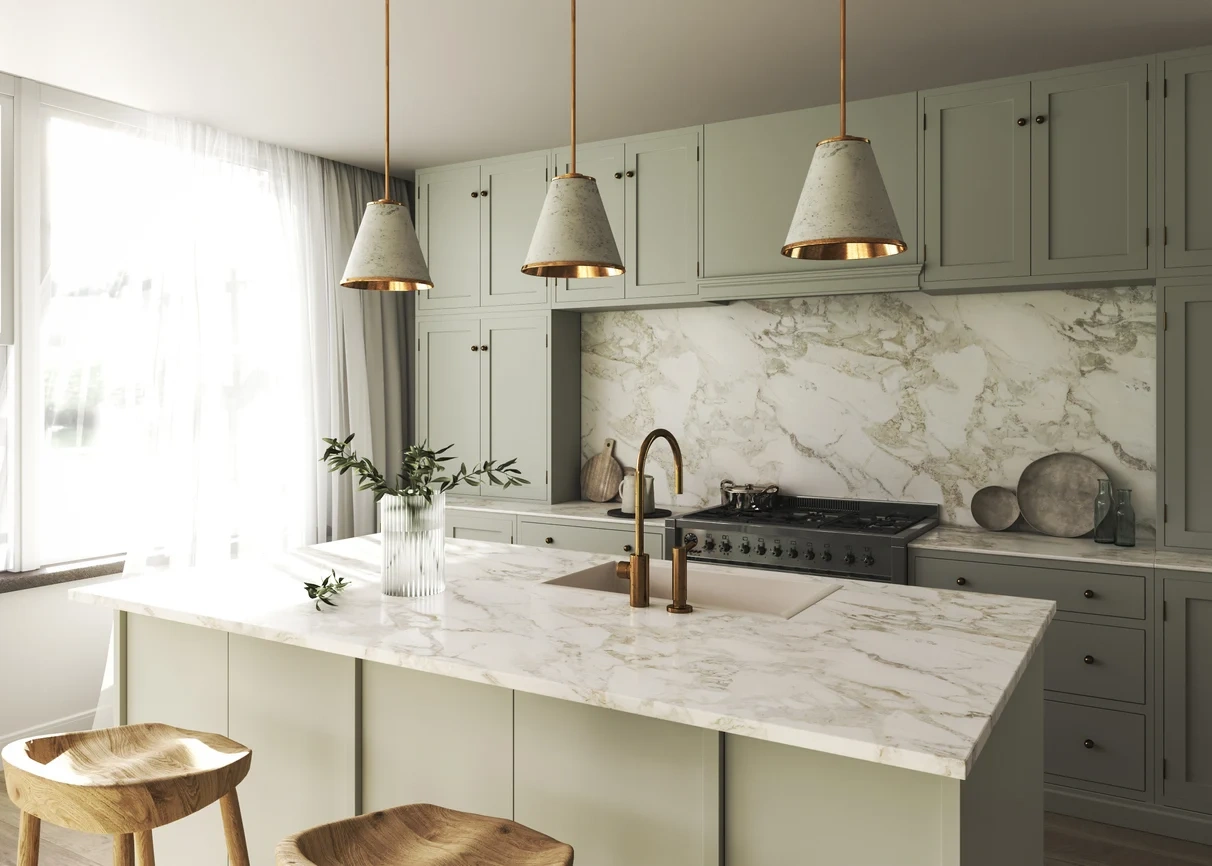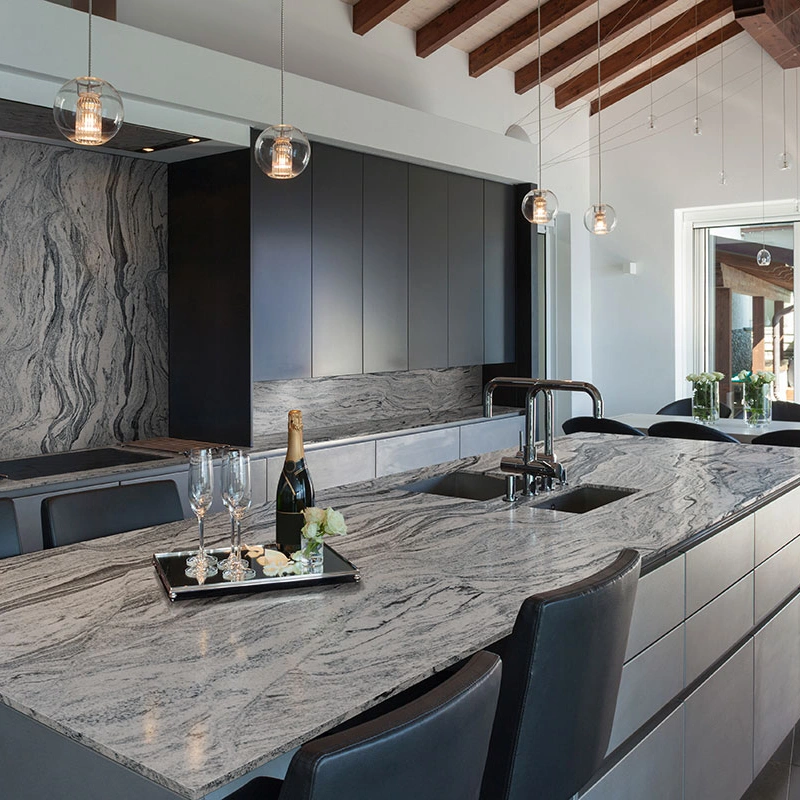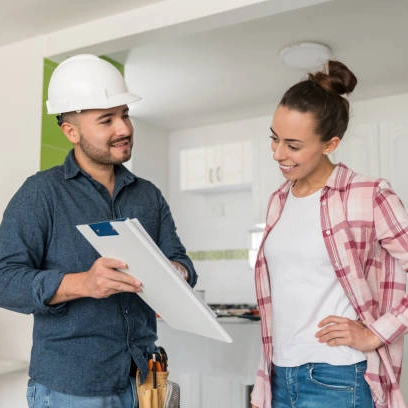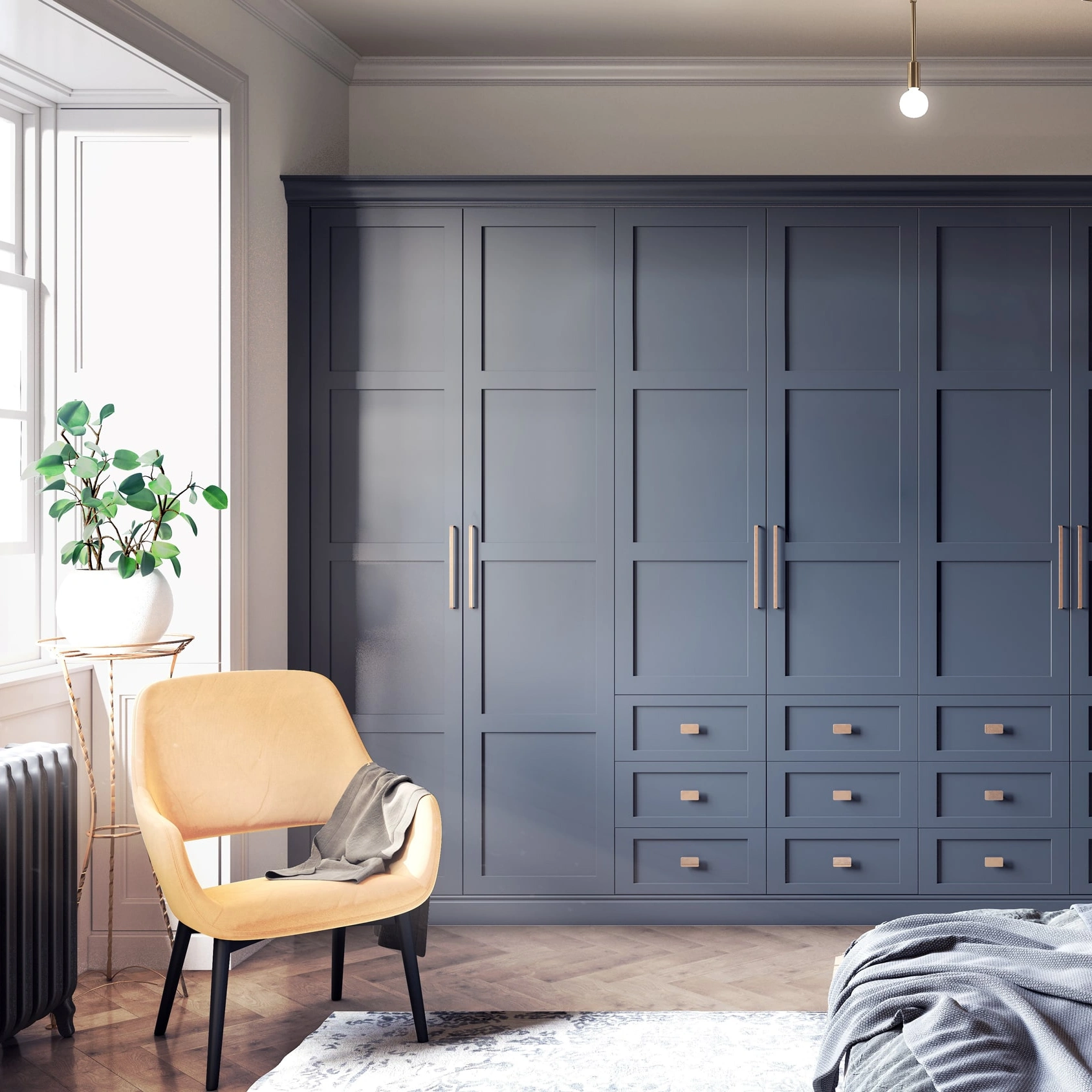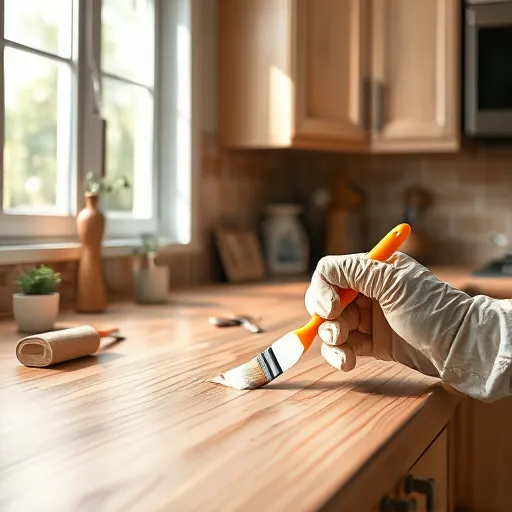
How to Fix Peeling Laminate on Cabinets | Easy Repair Tips
What Causes Laminate to Peal Off Cabinets and How Can You Prevent It?
The deterioration of laminate surfaces on cabinets is a common issue faced by homeowners and professionals alike. Understanding the causes of peeling laminate is the first step toward implementing preventive measures or choosing the right repair techniques. Laminate peels due to a variety of factors including moisture exposure, poor adhesion during installation, heat damage, and general wear and tear. In environments like kitchens and bathrooms, high humidity and frequent water exposure accelerate the process, leading to warping and detachment of the laminate.
Prevention is as crucial as repair. Ensuring proper sealing during installation, maintaining a stable environment, and using high-quality laminates can prolong the lifespan of your cabinets. Regular cleaning using non-abrasive, laminate-safe products also helps maintain adherence and surface integrity, preventing premature peeling. For those considering a remodel, exploring options like semicustom cabinets can offer durable, stylish alternatives that resist peeling and wear over time.
What Are the Most Effective Methods for Fixing Peeling Laminate on Cabinets?
Can You Reattach Peeling Laminate Without Replacing the Entire Door?
Yes, in many cases, you can effectively reattach peeling laminate without replacing the entire cabinet door. The key is to select the appropriate adhesive and follow precise preparation steps. Clean the surface thoroughly to remove any dust, grease, or loose material. Lightly sand the area to promote adhesion. Then, apply a high-strength contact cement or laminate glue specifically formulated for cabinetry repair. Use a putty knife or similar tool to press the peeling laminate back in place, ensuring a firm bond.
What Materials and Tools Are Necessary for Proper Repair?
Successful repair depends on quality materials and proper tools. Essential items include:
Contact cement or laminate adhesive
Fine-grit sandpaper or abrasive pad
Putty knife or spreader
Clamps or heavy weights
Replacement laminate strips (if needed)
Cleaning supplies (mild soap, water, or laminate cleaner)
For detailed guidance, consult our recommendations on choosing the budget-friendly cabinets for cost-effective repairs and updates.
How Do You Prepare the Cabinet Surface for Fixing Peeling Laminate?
What Steps Are Involved in Surface Preparation?
Proper surface preparation is vital to ensure a durable repair. Follow these steps:
Thoroughly clean the affected area with a laminate-safe cleaner to remove grease, dust, and debris.
Use a fine-grit sandpaper to lightly scuff the peeling area, creating a surface that promotes adhesion.
Remove any loose laminate and debris, then wipe the surface with a damp cloth to eliminate dust residues.
Apply painter’s tape around the area to protect adjacent surfaces during the repair process.
Mastering these steps can significantly improve the longevity of your repair efforts. Additionally, if you're considering a full cabinet upgrade, exploring bathroom cabinet remodeling services may yield better results.
What Is the Best Adhesive for Reattaching Peeling Laminate?
Which Types of Glue Offer the Strongest Bond?
Choosing the right adhesive is critical for a successful fix. Contact cement is typically recommended because it offers high adhesion strength, flexibility, and durability. It bonds quickly and adheres well to laminate surfaces, avoiding the need for clamps in many cases. For larger or more complex repairs, epoxy adhesives or laminate-specific glues might be appropriate, especially where extra strength is required.
How Do You Apply Adhesive Correctly?
Follow these best practices:
Apply the adhesive evenly along the back of the peeled laminate or on the cabinet surface using a brush or roller.
Allow the adhesive to become tacky if specified by the manufacturer, usually a few minutes.
Carefully press the laminate back into place, working from one end to avoid air bubbles.
Use clamps, weights, or heavy objects to hold the laminate firmly while the adhesive cures, which varies depending on the product used.
How Long Does It Typically Take to Repair Peeling Laminate, and When Should You Consider Replacing Cabinets?
What Is the Curing Time for Common Adhesives?
The curing time for adhesives varies, but generally, contact adhesives reach handling strength within 30 minutes and fully cure within 24 hours. Always follow the manufacturer’s instructions for optimal results. Patience during curing ensures maximum adhesion strength, preventing future peeling or detachment.
When Is It Better to Replace Instead of Repair?
While repairs can extend the life of your cabinets, extensive damage or persistent peeling might indicate underlying issues such as water damage, warping, or structural deterioration. If peeling is widespread or the cabinet surfaces are heavily compromised, consider replacement options. Investing in high-quality cabinetry like the options available through semicustom cabinets can provide both aesthetic appeal and longevity.
Can You Prevent Peeling Laminate in the Future?
What Maintenance Practices Help Preserve Cabinet Surfaces?
Regular cleaning with gentle, laminate-compatible cleaners and avoiding excessive moisture can prevent future peeling. Use coasters or mats under hot items and wipe up spills immediately. Applying a clear protective sealant or laminate topcoat can also provide additional resistance against moisture and physical damage.
Are There Hardware or Design Considerations That Affect Laminate Durability?
Yes. Choosing hardware that minimizes physical stress, such as soft-close hinges and sturdy handles, prevents chips and peeling caused by impact. Additionally, selecting high-quality laminate with suitable thickness and protective layers enhances resistance to peeling. Consider consulting a professional cabinet expert for guidance tailored to your environment and aesthetic preferences.
What Are Common Mistakes to Avoid When Fixing Peeling Laminate?
Why Is Rushing the Process Harmful?
Rushing can lead to improper adhesion, resulting in recurrent peeling or damage to the surface. Allow adhesives adequate curing time, and ensure surface preparation is meticulous to achieve a lasting repair.
What Are the Pitfalls of Using Improper Materials?
Using adhesives not designed for laminate or incompatible materials can compromise the bond, leading to failure. Always select products specifically formulated for cabinetry repairs. For troubleshooting and customized advice, visiting a trusted cabinet store in Canyon, Texas may provide additional insights.
Frequently Asked Questions About How to Fix Peeling Laminate on Cabinets
Is It Possible to Refinish Laminate Cabinets to Prevent Peeling?
Yes, refinishing with specialized laminate primers and sealants can restore the surface and enhance durability. However, severe peeling may require more intensive repairs or replacement.
Can I Use a DIY Approach, or Should I Hire a Professional?
Many minor repairs can be managed DIY, provided you follow proper preparation and adhesive application procedures. For extensive damage or if you're uncertain, consulting a professional cabinet refinishing service can ensure a high-quality outcome.
What Are Alternative Solutions If Repair Isn’t Sufficient?
In cases of extensive damage, replacing the cabinet doors or refacing the cabinets might be more economical and aesthetically beneficial. Explore available options through trusted providers like budget-friendly cabinets in Amarillo, Texas.


